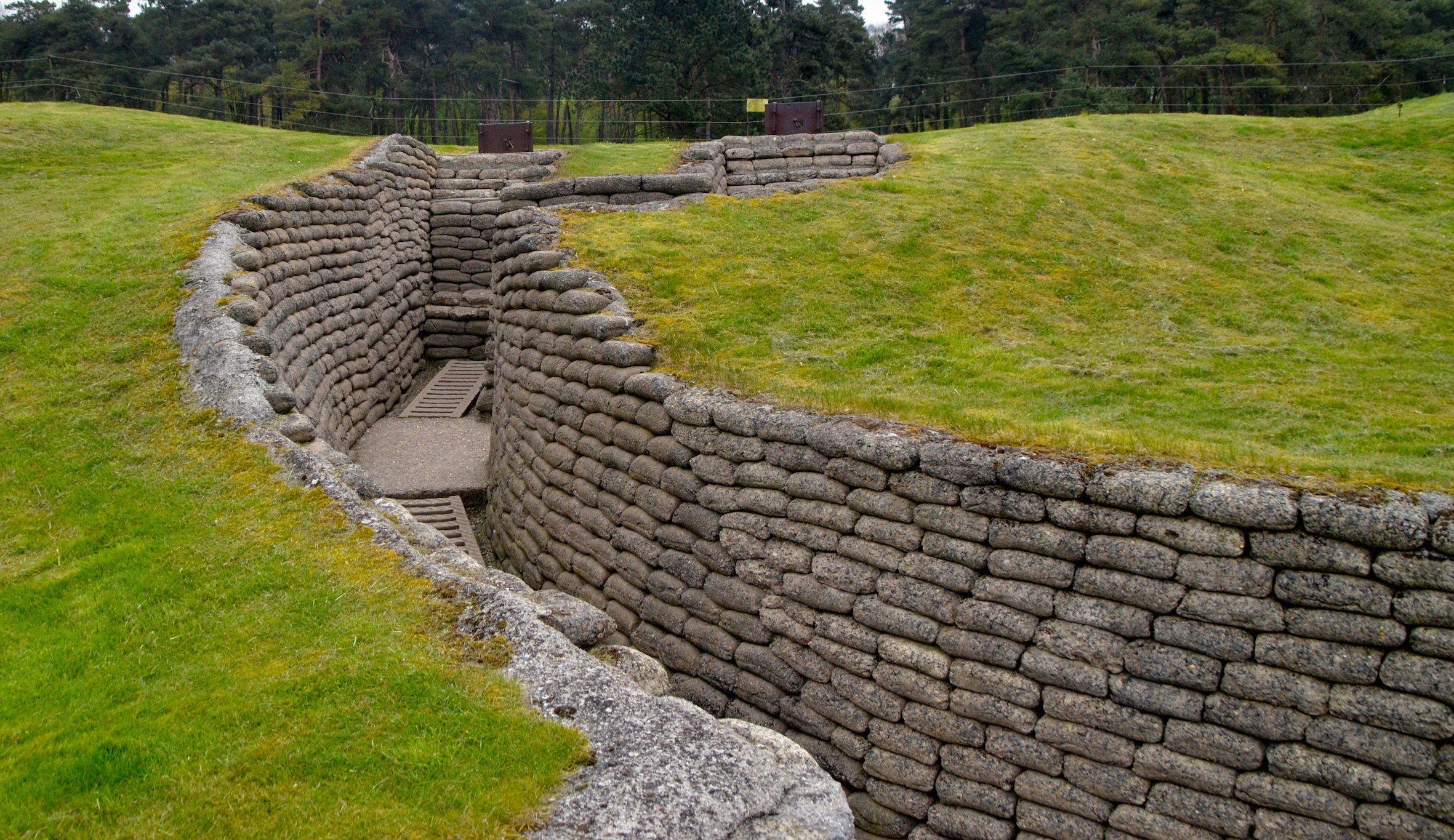Remembering Vimy Ridge Blog Post #3- Justin Couto
In class we have spent a long time talking about Harold Innis and his various concepts, one of which was the bias of communication. Within this, he brings up time-biased and space-biased media forms. Time-biased media are durable and emphasize control over time. Whereas, space-biased are more long lasting and have the ability to reach a wider audience.
Each year thousands of tourists from around the world visit the Canadian National Vimy Memorial in France and it is here where they are able to walk through the tunnels and trenches. What was once filled with mud, disease, and horror has now been reinforced with concrete and preserved so tourists can walk where the heroic soldiers once did. On the back of a backpack trekker, Google Streetview has gained access to the winding trenches and tunnels at Vimy Ridge. Google Streetview is a function that allows any user the ability to drag and drop themselves anywhere in the world. This example is a combination of space-biased and time-biased because the trenches in and of itself have been around for over 100 years and are only readily available for those who either live in or around France or for those who make the trip to visit the area. Google Streetview is a technology that makes something that would ordinarily be limited in its audiences reach into something that is accessible for everyone anywhere, but especially Canadians. Not everyone can afford a trip to France to see the trenches in person, but Google Streetview technology makes it possible for everyone to gain a greater appreciation and admiration for the soldiers sacrifices in these very trenches. By visiting this destination, everyone, but especially fellow Canadians will feel a level of pride and patriotism for Canada. Learning about your countries history and the moments that laid the groundwork for what it has become, undoubtedly benefits both the country and us.
You can access the Google Streetview of the Vimy Ridge trenches here
The other media artifact I wanted to highlight is artworks created in commemoration of Vimy ridge, specifically a piece called "The Ghosts of Vimy Ridge" by Australian artist William Longstaff. The painting depicts the spirits of Canadian soldiers that have left their bodies to continue fighting alongside their comrades. There is so much symbolism present in this piece that has so much emotion behind it. It is another example of a mix of both time and space biased media. The painting was done shortly after the end of World War I in the 1930s and it has remained around since then. The internet has revolutionized the way we view art because we no longer need to travel to the place of origin in order to see it, we can now easily look it up online and view it that way. In this aspect, the painting has become space biased as well.
Do you think that by utilizing these media forms Canadians will gain a deeper sense of patriotism?




Hello Justin, thanks for sharing this post with us all. To answer your question, I would say that publishing this monument and details about our countries effort in the first World War it would do more for developing patriotism than avoiding to use a variety of media forms. If Canada and the Canadian government were to simply rely on historical accounts through storytelling and the physical space of the monument itself, this passage of Canadian history may have been forgotten by now. In my opinion, it is important to put forward and publish the lessons learned from history in contemporary mediums such as the internet, social media and other forms of online broadcast. Thanks again for sharing.
ReplyDelete